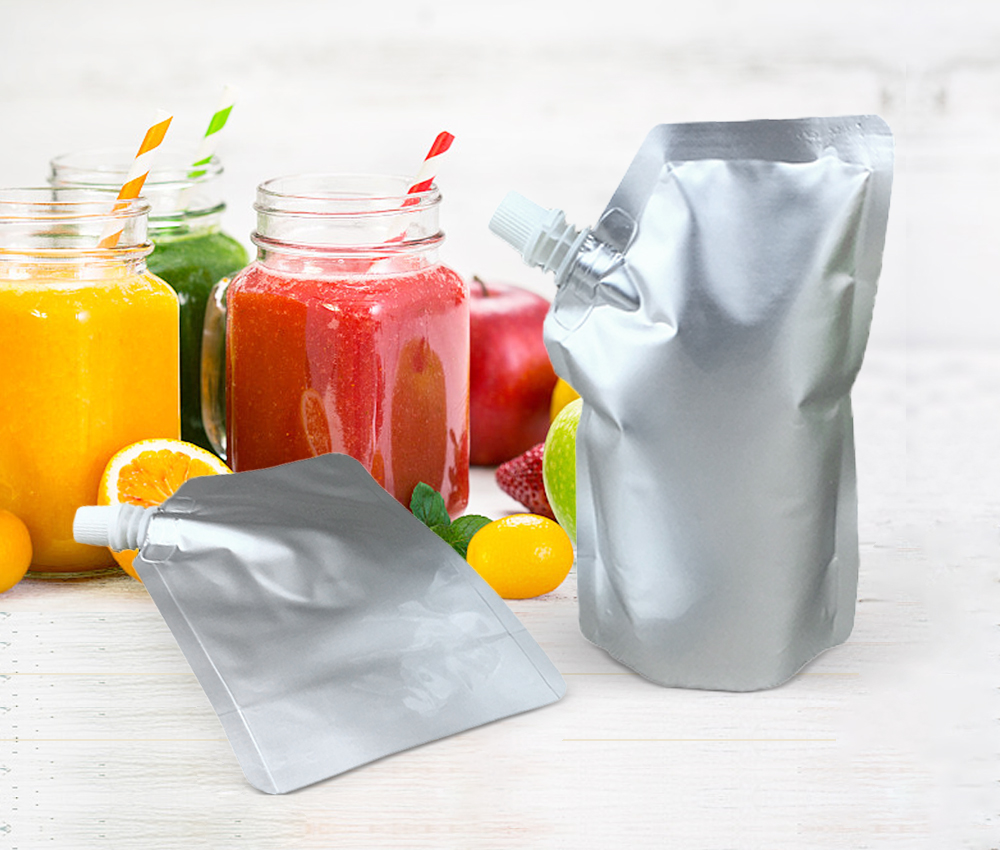 Tel: +86 188 2689 9458
Tel: +86 188 2689 9458
 Tel: +86 188 2689 9458
Tel: +86 188 2689 9458
source:other news release time:2023-06-28 Hits:

The correct selection of packaging materials is an important condition for the effective application of inflatable packaging. Inflatable packaging must use materials with good air and moisture resistance properties to maintain the optimal gas composition inside the packaging. Plastics and their composites are widely used in inflatable packaging in the form of flexible packaging, Thermoforming platters and other forms due to their advantages of wide source, easy processing, portability and beauty. This mainly discusses the selection of plastic materials.
Commonly used materials with good gas and moisture resistance properties include PVDC, KOPP, PET, PET/PE, PT/PE, PA/PE, PP/PVDC/PE, PA/EVA/PE, PET/EVAL/PE, etc.
When selecting materials, the product characteristics and inflatable packaging requirements should be taken into account, as well as the source and price. For example, fresh meat can be packaged in inflatable packaging (65% -80% O2, 35% -20% CO2, refrigerated at 5 ℃), with materials such as PVDC, PET, PA, EVOH, etc; Choose inflatable packaging for pies (65% -80% O2, 35% -20% CO2, 30% N2), with materials such as PET/PE, PET/EVAL/PE, etc. available; Choose inflatable packaging for cauliflower (5% O2, 5% CO2, refrigerated below 10 ℃).
Inflatable packaging is commonly made of double-layer composite film or three-layer aluminum thin composite film with three sides sealed packaging bags. The thickness of the composite film is generally between 60-96 um, with the inner layer being a heat sealing layer that needs to have good heat sealing performance, with a thickness of 50-80 um. The outer layer is a sealing layer that needs to have good airtightness and printability, a certain strength, and a thickness of 10-16 um. Polyethylene (PE) is commonly used as the inner substrate of composite films, such as high-temperature resistant polypropylene (CPP) for high-temperature cooking bags, and stretched polypropylene (OPP), polyester (PET), nylon (PA), etc. are commonly used as the outer substrate. Some foods such as tea, milk powder, and some high fat foods require light blocking packaging to prevent the color, aroma, and taste of the food from being affected by light. The method is to composite a thin layer of aluminum foil (AL) between the inner and outer layers of the substrate, which also enhances its airtightness.
Read recommendations:
125g 250g 500g 1kg Aluminum Foil Flat Bottom Coffee Bean Bags With Valve
eco friendly spout pouches company
The source factory of packaging bags takes you to understand the three side sealing bags and the mid
Popular recommendation
Custom printed food grade ziplock snack custom plastic pouch packaging food packing bag
Flexible packaging film roll
Coffee & Tea pouch
spout pouch packaging price
spout pouch bags company
smart spout pouch Vendor
super pouch wholesaler
Coffee Tea pouch Manufacturing
pet food bag projects custom
super pouch Factory
Why are cylindrical bag-in-box so popular?
Bag-In-Box: The Future of Flexible Packaging and Its Impact on Top-line Growth
The thickness of the food packaging bag is related to food safety.reusable Snack food bag Manufactur
What does the three-side seal of the bag mean?
Kraft paper bags are easy to tear? It's just its material characteristics.kraft paper pouch bags man
How to Improve the Market Competitiveness of Food Packaging Bag Manufacturers
The Revolution in Liquid Packaging
There will be several "small holes" on the top of the coffee pouch bags, so what is the my
What is a compound bag
What are the advantages of the bag in the BIB box.bag in box 5l
Food safety testing methods for liquid packaging bags.digital flexible packaging
Various materials for anti -static plastic packaging bags.Flexible packaging film roll manufacturers
Overview of the production and manufacturing process of sterile liquid packaging bags.wine bag in bo
What is the difference between rice vacuum bags and rice woven bags
What is food packaging bag qs?
The packaging manufacturer tells you how to choose flexible packaging materials.reusable Snack food
Based on bag -type packaging bags.aluminum foil bag roll manufacture
Is the food vacuum packaging bag resistant to high temperature?
The characteristics and disadvantages of aluminum foil bags are actually very simple.gusset aluminum
Classification and characteristics of vacuum packaging bags.zipper vacuum sealer bag Manufacturing